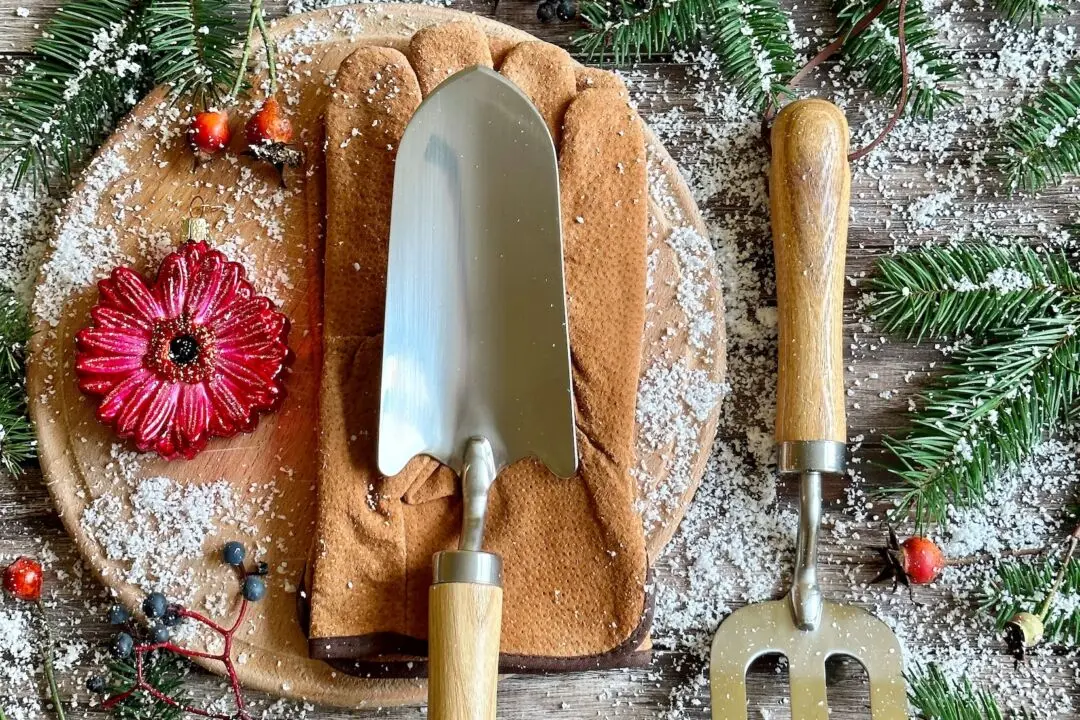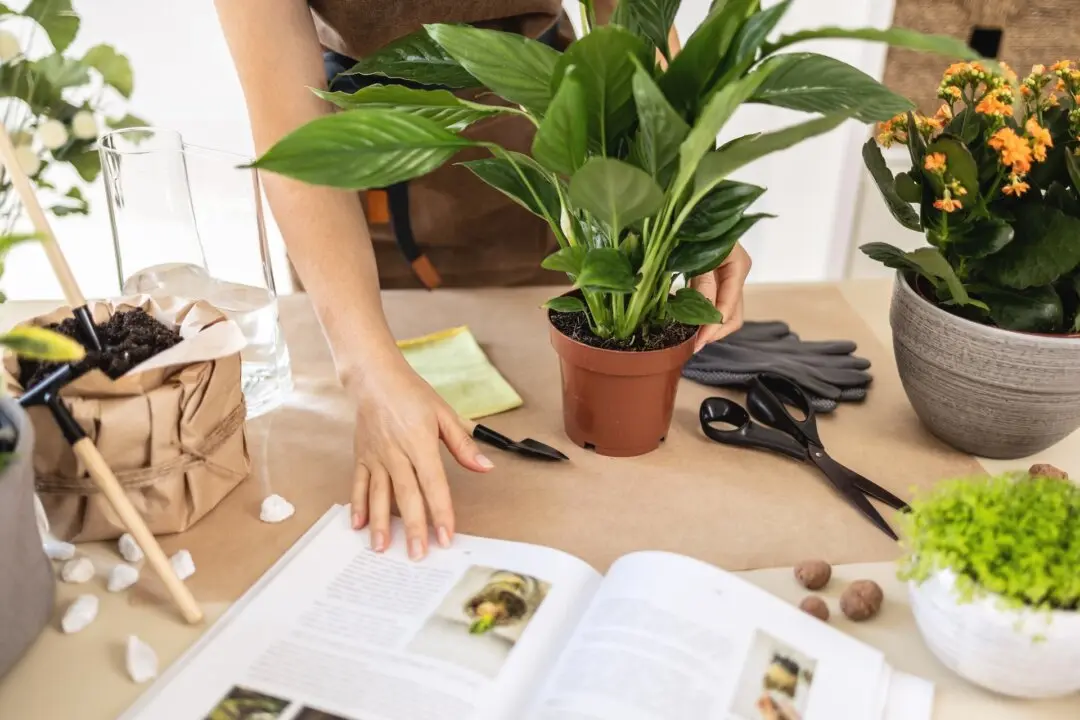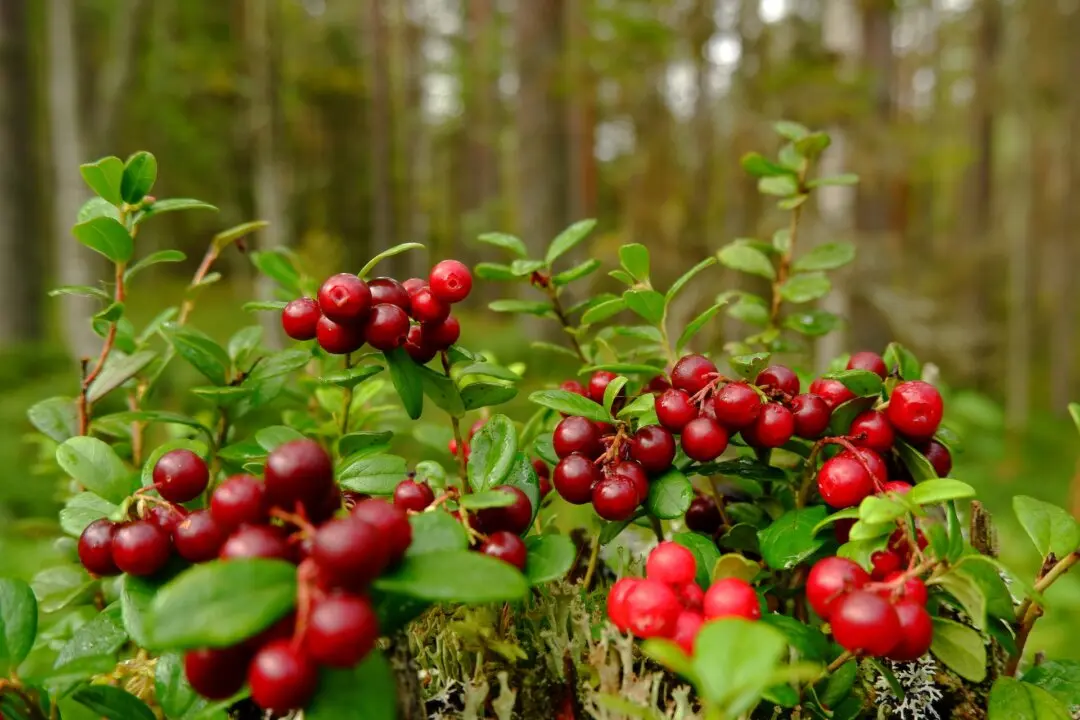If you have a gardener on your shopping list, it can be hard to find something new. Here are some new products that the gardener on your list might not have heard about.
As a kid, you probably picked some mushrooms and wondered if they were deadly or not. As an adult, you have probably seen mushrooms growing on the lawn and had that same question come back to mind. Before you pick your next mushroom, you should read the new book, “The Beginner’s Guide to Mushrooms” by Britt Bunyard and Tavis Lynch.





